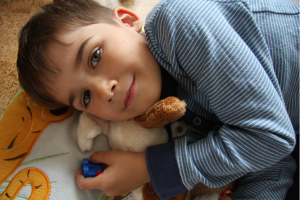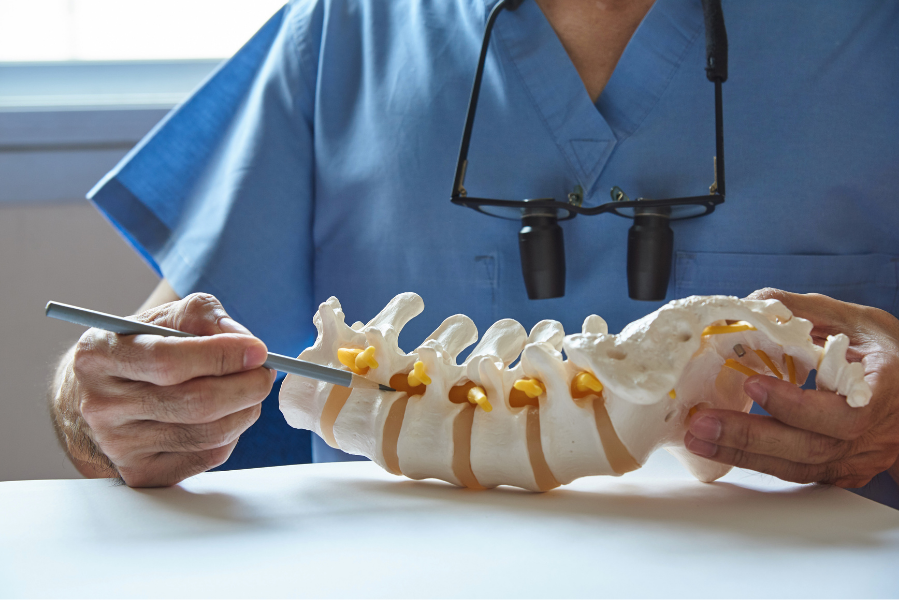Chiropractic clinical case histories have been a regular feature of our patient newsletter since its inception. There seems to be no limit to the health problems that respond to chiropractic care.
Chiropractors release serious stress (subluxations) from your body. This releases energy for healing, regeneration, and growth.
All people (especially children) need a body free of blockages and stress so they’ll have strong, happy, and healthy lives.
How many people suffering, on drugs, facing a life of limitation could be helped by chiropractic care?
Probably most of them.
Below are some clinical cases illustrating the potential of chiropractic adjustment to correct subluxations.
Breech baby turns after chiropractic care. 
A 26-year-old female in her 27th week of pregnancy with her second child presented for a chiropractic visit after experiencing low back pain. One week later an ultrasound determined the baby was in a breech position. She had a previous natural birth with no complications and was beginning chiropractic care with hopes of avoiding a cesarean section.
After a series of chiropractic adjustments, the baby moved from a breech position to a normal vertex (or head down) position confirmed through ultrasound. (1)
Glaucoma, carpal tunnel, hand numbness, and chiropractic care. 
A 40-year-old woman suffering from numbness in her arms and hands, and other problems such as neck and shoulder pain, dizziness, headaches, migraines, vertigo, anxiety, low back pain, right hip pain and clicking, numbness in the bottom of her feet, chronic fatigue, and cervical and lumbar intervertebral disc “problems” began chiropractic care.
Subluxations were located in her sphenoid (cranial bone), occiput (base of the skull), neck (C1, C2, C5, C7), sacrum, and coccyx (tailbone). The patient reported moderate improvement in low back pain and headaches, much improvement in neck pain, shoulder pain, hip pain and clicking, and dizziness, and resolved numbness in both her hands and feet. By the 15th visit, she reported a 90% overall improvement and decided to cancel scheduled carpal tunnel syndrome (CTS) surgery.
She had also been diagnosed with borderline glaucoma that was steadily worsening. Glaucoma is increased pressure inside the eyeball (intraocular) and is the second leading cause of blindness. By her 15th visit, her intraocular pressure had dropped and her ophthalmologist felt that medical intervention was no longer necessary. (2)
Arnold-Chiari malformation, headaches, motion sickness, and hearing deterioration. 
A six-year-old male diagnosed with vertebral subluxation and Arnold-Chiari malformation suffered from headache, motion sickness, and progressive hearing deterioration.
The boy’s chiropractic examination consisted of spinal heat reading and X-rays. A subluxation was detected at C1 – the top cervical or neck vertebrae – and the patient was adjusted there. A post adjustment X-ray analysis determined that more care was needed at C2 after which the child received a C2 adjustment. After the first adjustment, the patient reported that his headaches had been eliminated. (3)
Do you know anyone suffering from these things?
Please share this article with them and gently suggest they make an appointment to see us. 517.627.4547
- Falk DA, Stinson RA. Resolution of breech presentation confirmed by ultrasound following Webster Technique: a case study. Journal of Pediatric, Maternal & Family Health – Chiropractic. 2017;2:74-77.
- McClimon ME, McClimon DG, Krotee MW. Improved intraocular pressure in a 40-year-old female following chiropractic care to reduce subluxation. Annals of Vertebral Subluxation Research. June 1, 2017:101-112.
- Drury R, O’Keefe C. Resolution of symptoms from Arnold-Chiari malformation in a 6-year-old male following reduction of vertebral subluxation with knee-chest upper cervical care: case report & selective review of the literature. Journal of Upper Cervical Chiropractic Research. May 1, 2017:12-21.




